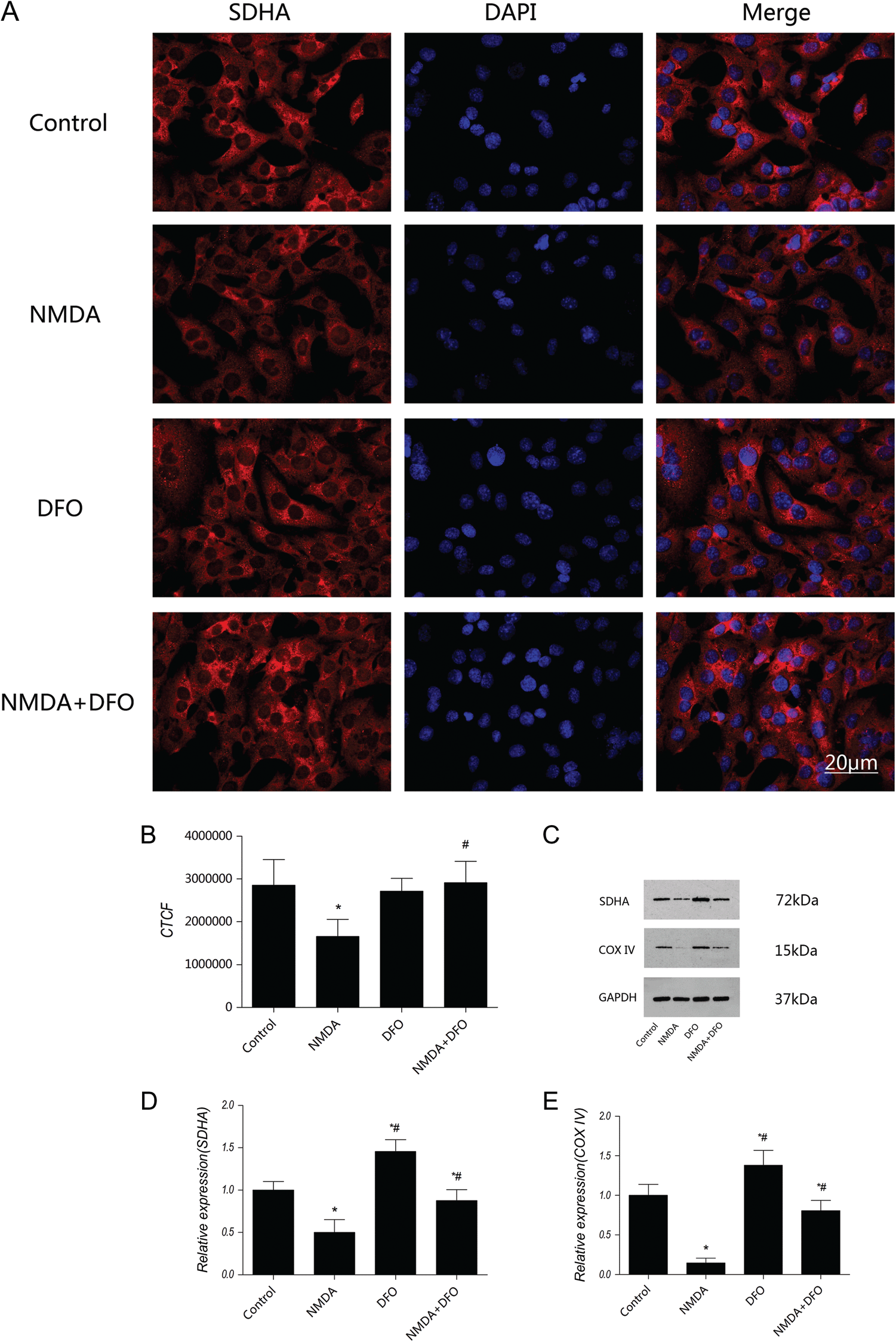博文
ABBS: Iron chelator protects neurons
|||
Neuroprotective effect of deferoxamine on N-methyl-d-aspartate-induced excitotoxicity in RGC-5 cells
Ying Tian, Ye He, Weitao Song, Endong Zhang, and Xiaobo Xia
Department of Ophthalmology, Xiangya Hospital, Central South University, Changsha 410008, China
Acta Biochim Biophys Sin 2017, 49: 827–834; doi: 10.1093/abbs/gmx082
Many N-methyl-d-aspartate (NMDA) receptor antagonists have been used to treat neurodegenerative diseases induced by glutamate excitotoxicity in clinics. However, the universality of the glutamic acid neurotransmitter system makes the glutamic acid receptor blockers inefficient and unsafe. Thus, regulating the downstream signaling pathway in the excitotoxicity of glutamic acid may be a more effective and safer way to antagonize the glutamic acid receptor. In this study, we investigated the effect of deferoxamine (DFO), an iron chelator, on the NMDA-induced excitotoxicity. RGC-5 cells were cultured and identified in vitro, and the NMDA-induced injury was assessed. Then the MTT assay was used to estimate the cell survival and JC-1 staining was performed to detect changes in mitochondrial membrane potential. Immunofluorescent staining and western blot analysis were used to analyze the expressions of respiratory chain proteins. It was found that DFO increased the survival rate of RGC-5 cells and that this effect was positively correlated with the concentration of DFO and the treatment time. The mitochondrial membrane potential and the expression levels of succinate dehydrogenase subunit A and cytochrome c oxidase subunit IV were also increased after DFO treatment, while NMDA reduced their expression levels. These data demonstrate that DFO has significant neuroprotective activity against NMDA-induced excitotoxicity in RGC-5 cells.

Effects of DFO on the expression of mitochondrial respiratory chain proteins
阅读原文: http://www.abbs.org.cn/arts.asp?id=4204
获取全文: abbs@sibs.ac.cn
相关论文:
1 Metals, oxidative stress and neurodegenerative disorders
2 Metals in Alzheimer's and Parkinson's diseases
3 Nanotoxicity of iron oxide nanoparticle internalization in growing neurons
5 Copper and iron disorders of the brain
6 Brain iron pathways and their relevance to Parkinson's disease
7 Selective iron chelation in Friedreich ataxia: biologic and clinical implications
8 Copper, zinc and iron in neurodegenerative diseases (Alzheimer's, Parkinson's and prion diseases)

https://blog.sciencenet.cn/blog-592748-1172905.html
上一篇:ABBS: Carrot color indicates carotenoid level
下一篇:ABBS: Cannabidiol affects Alzheimer disease